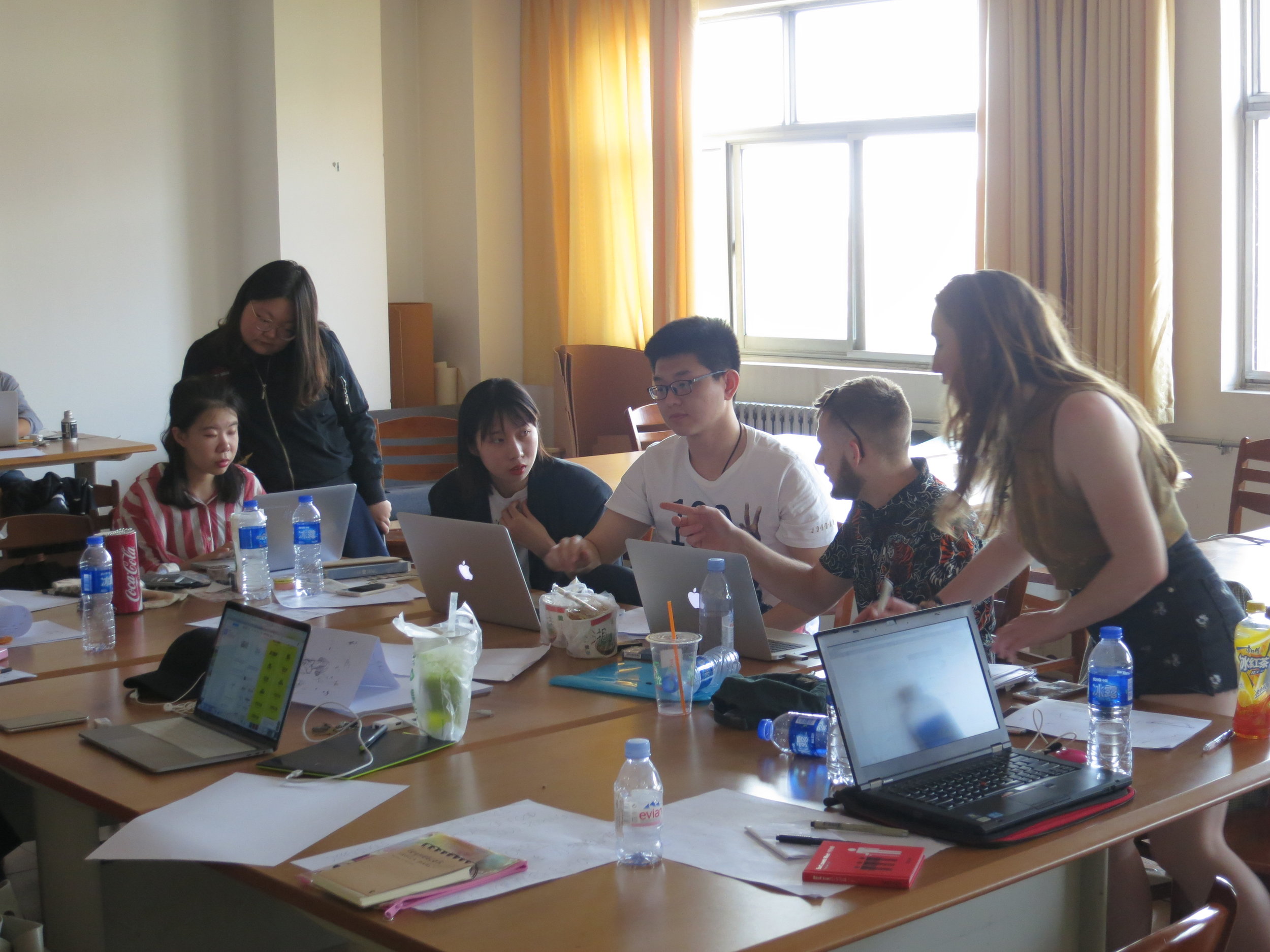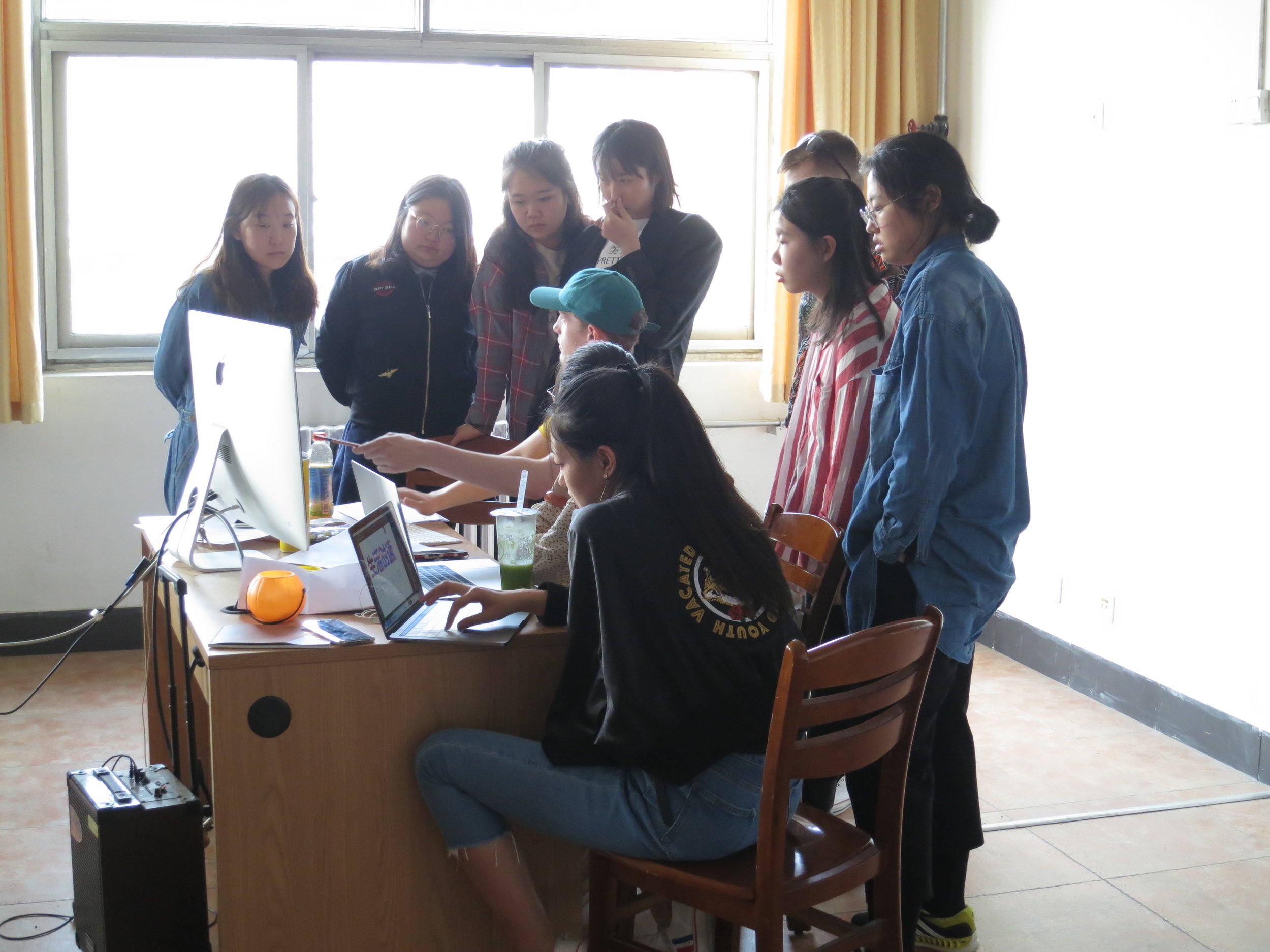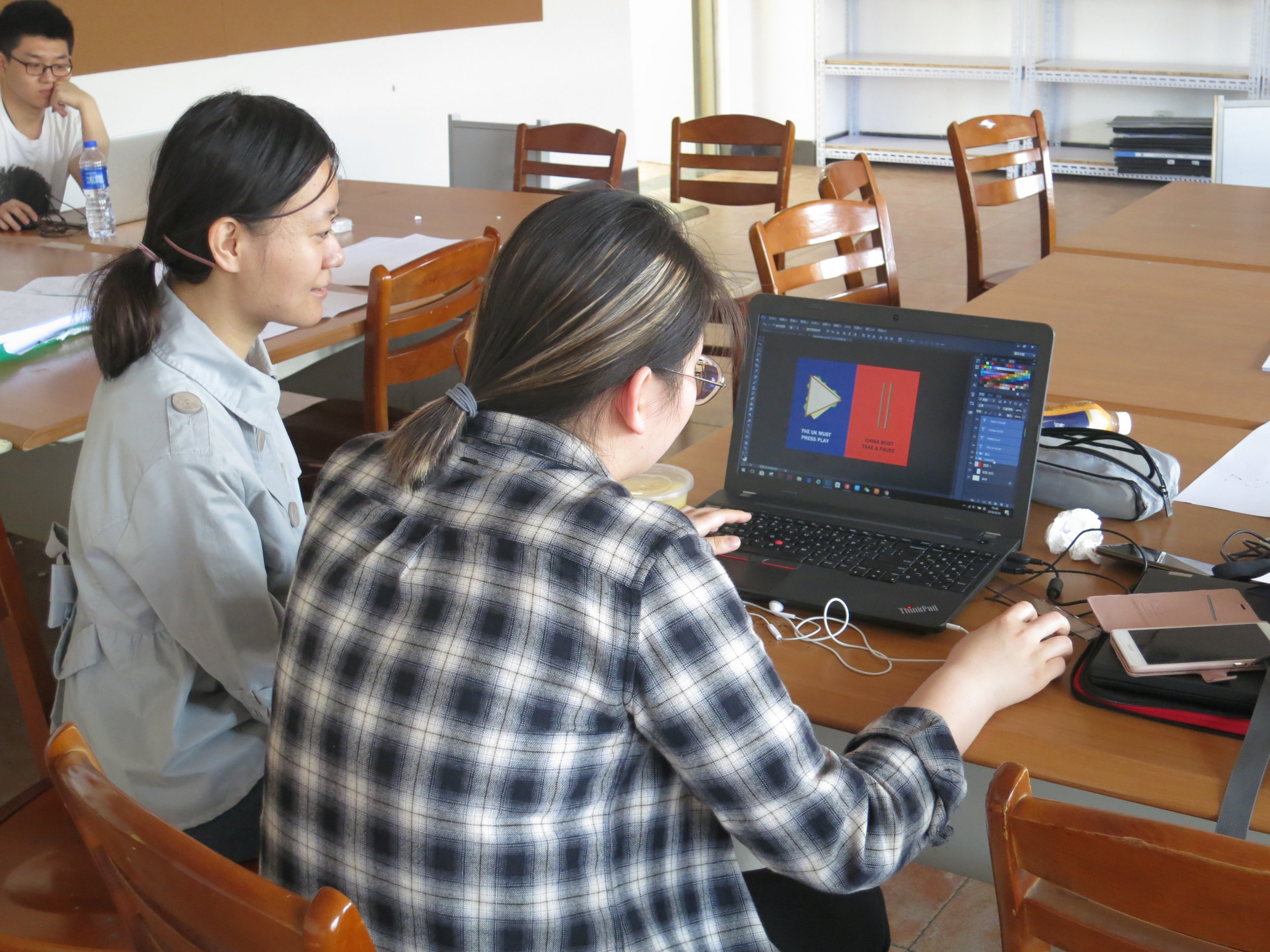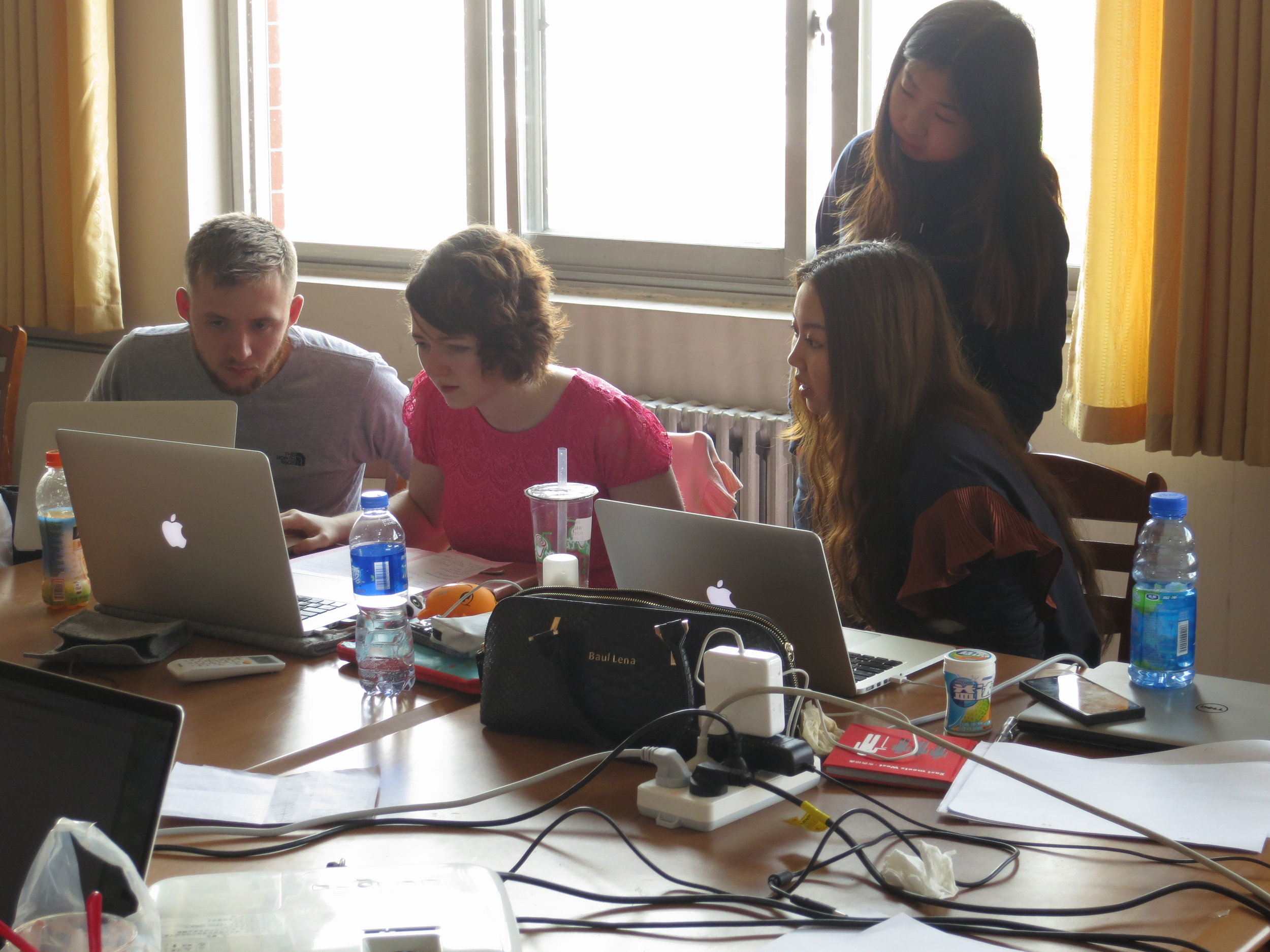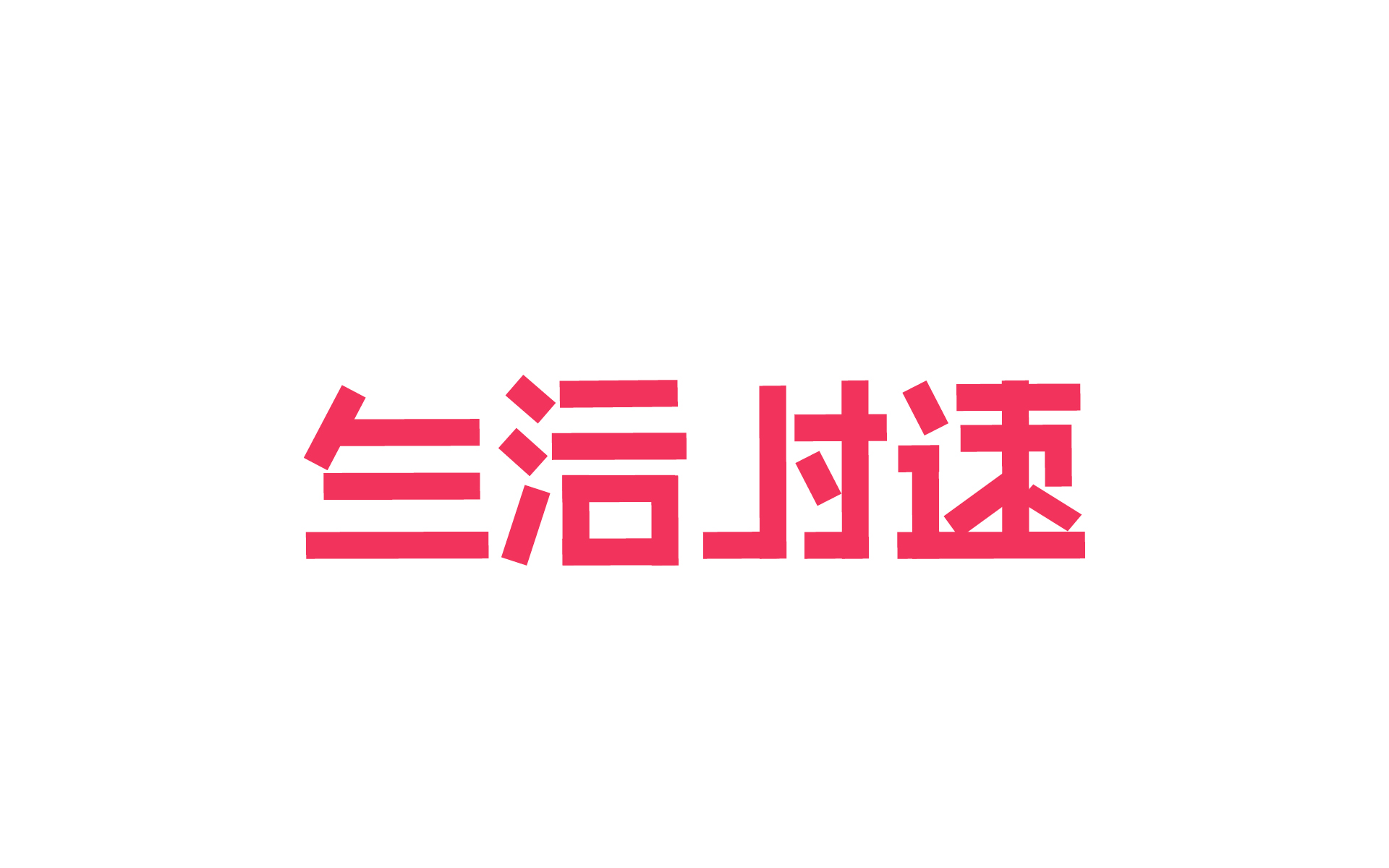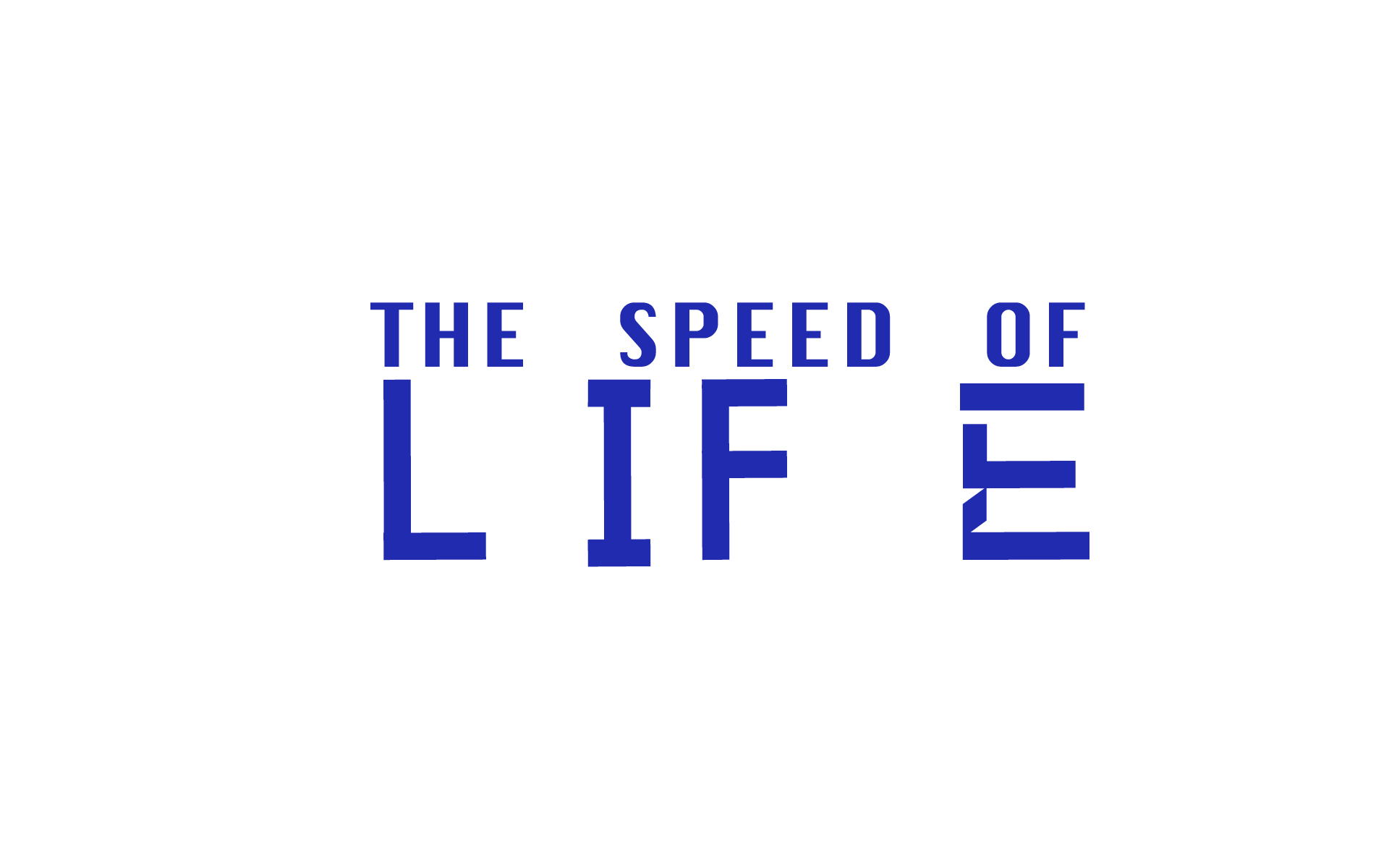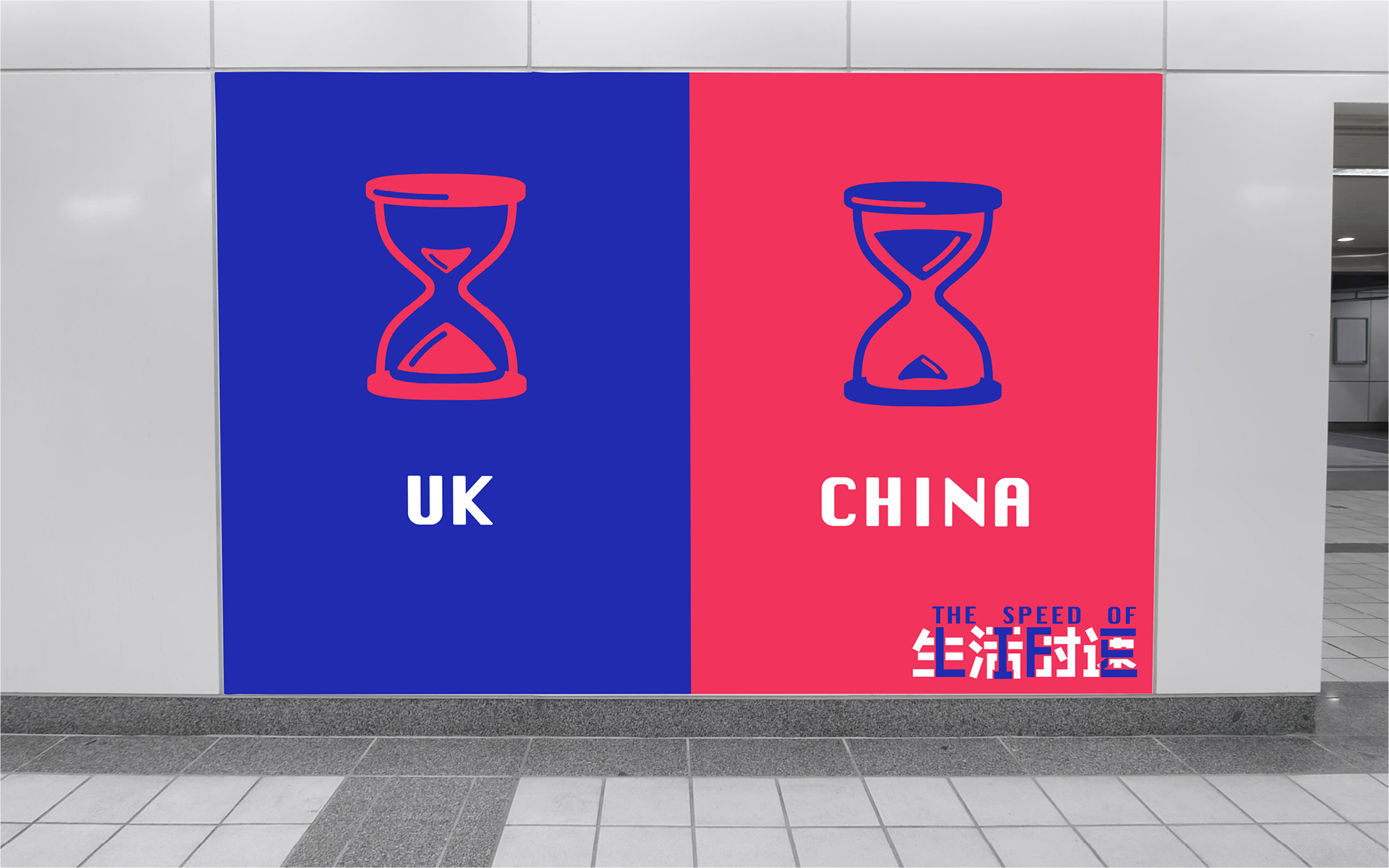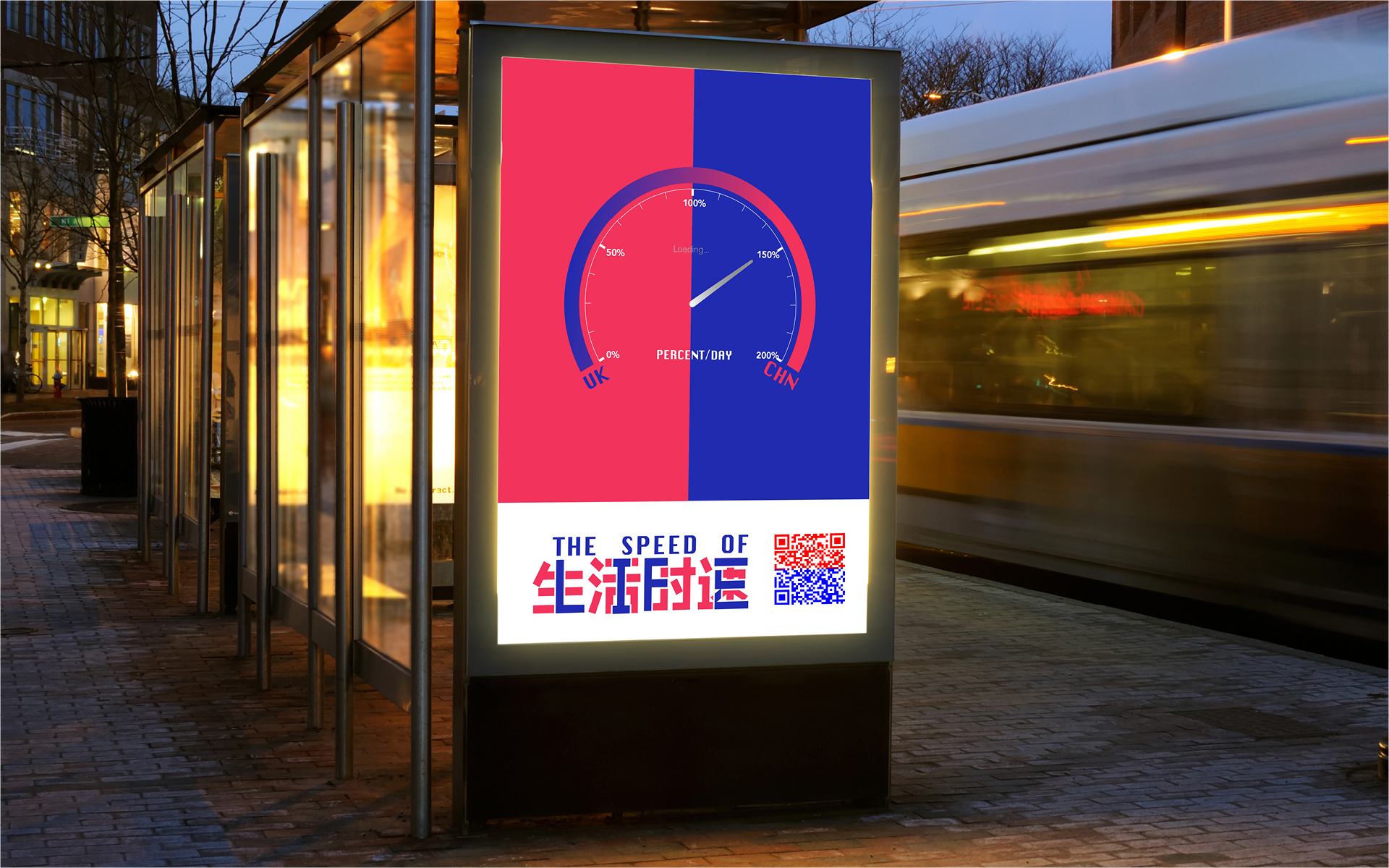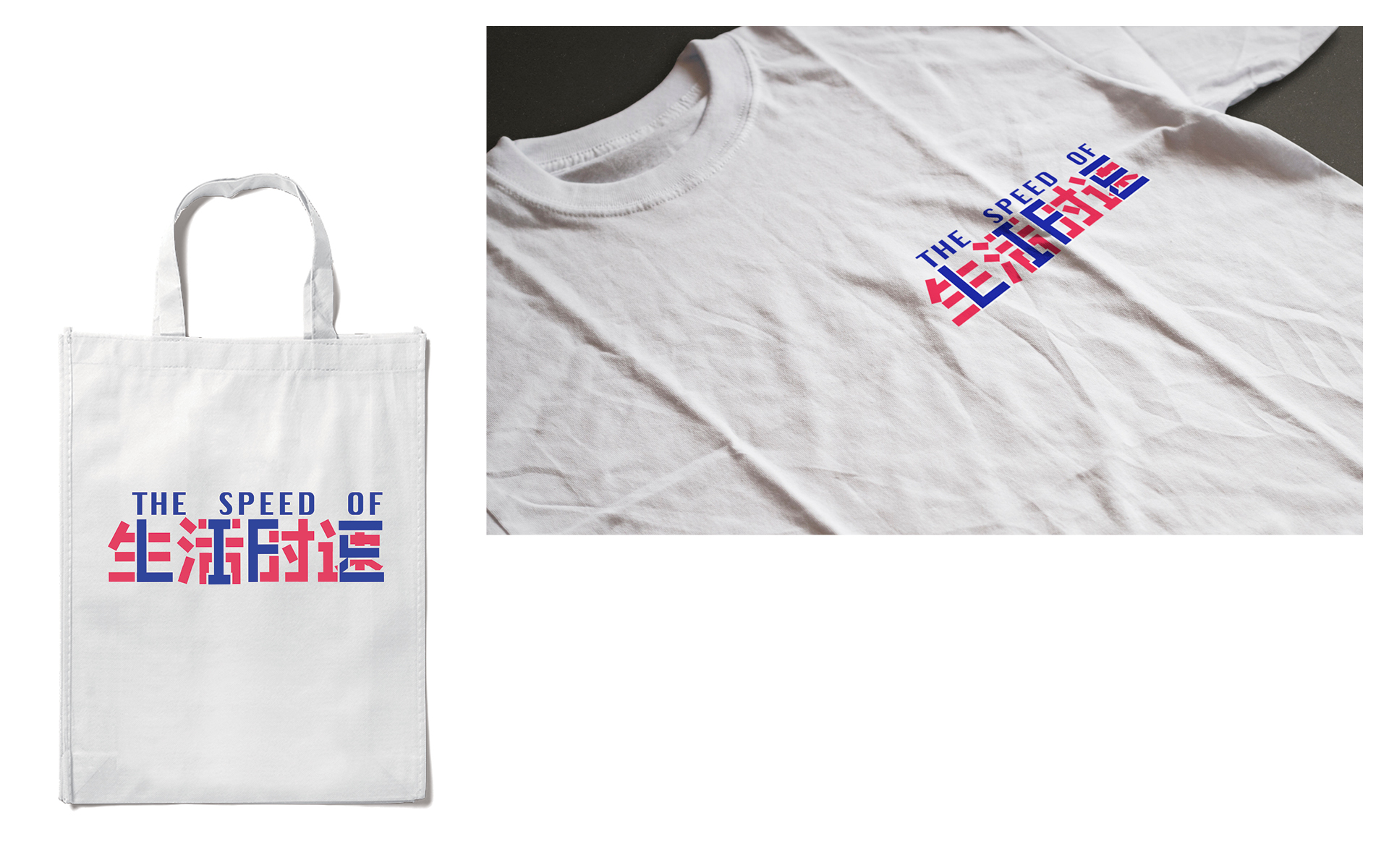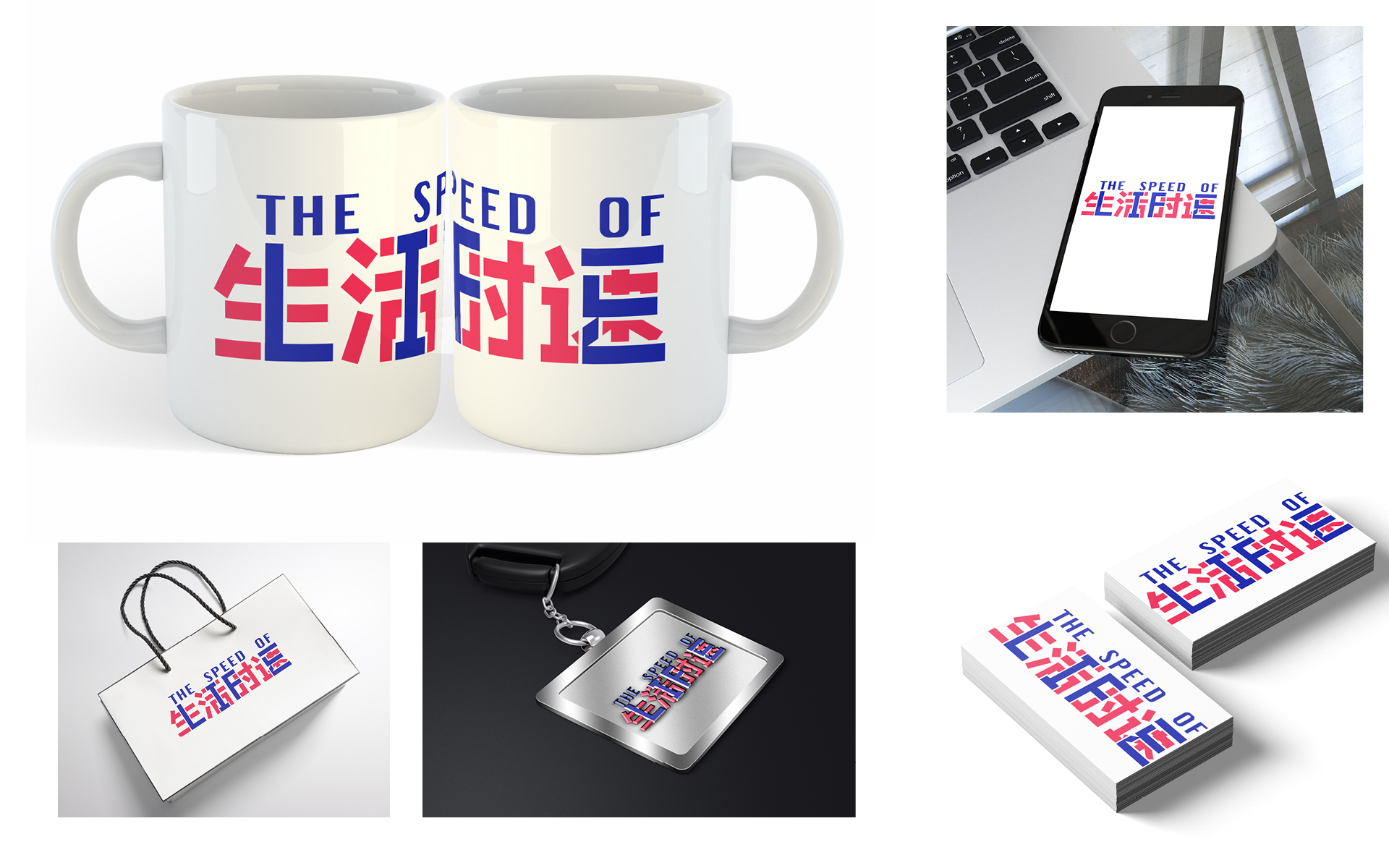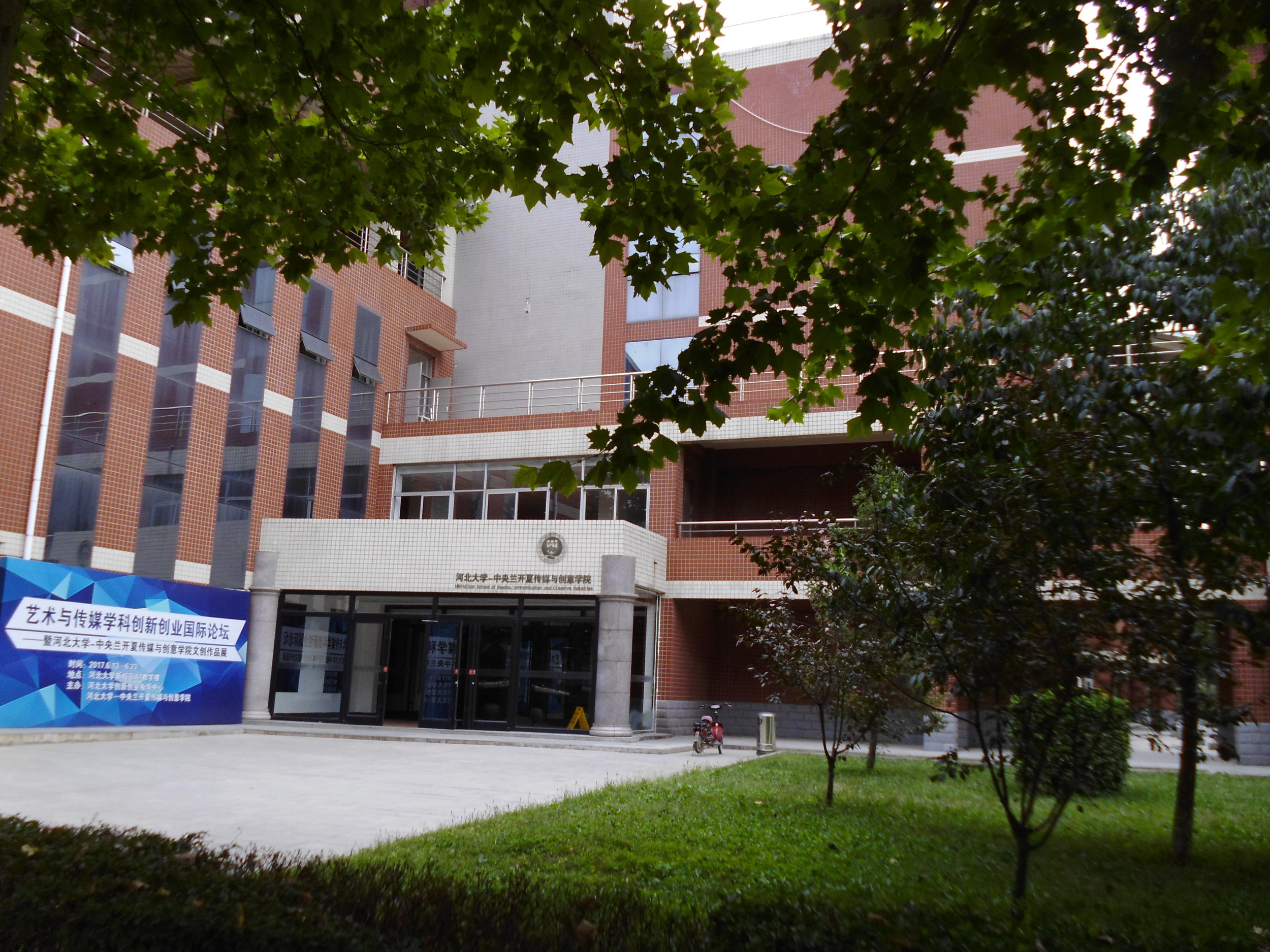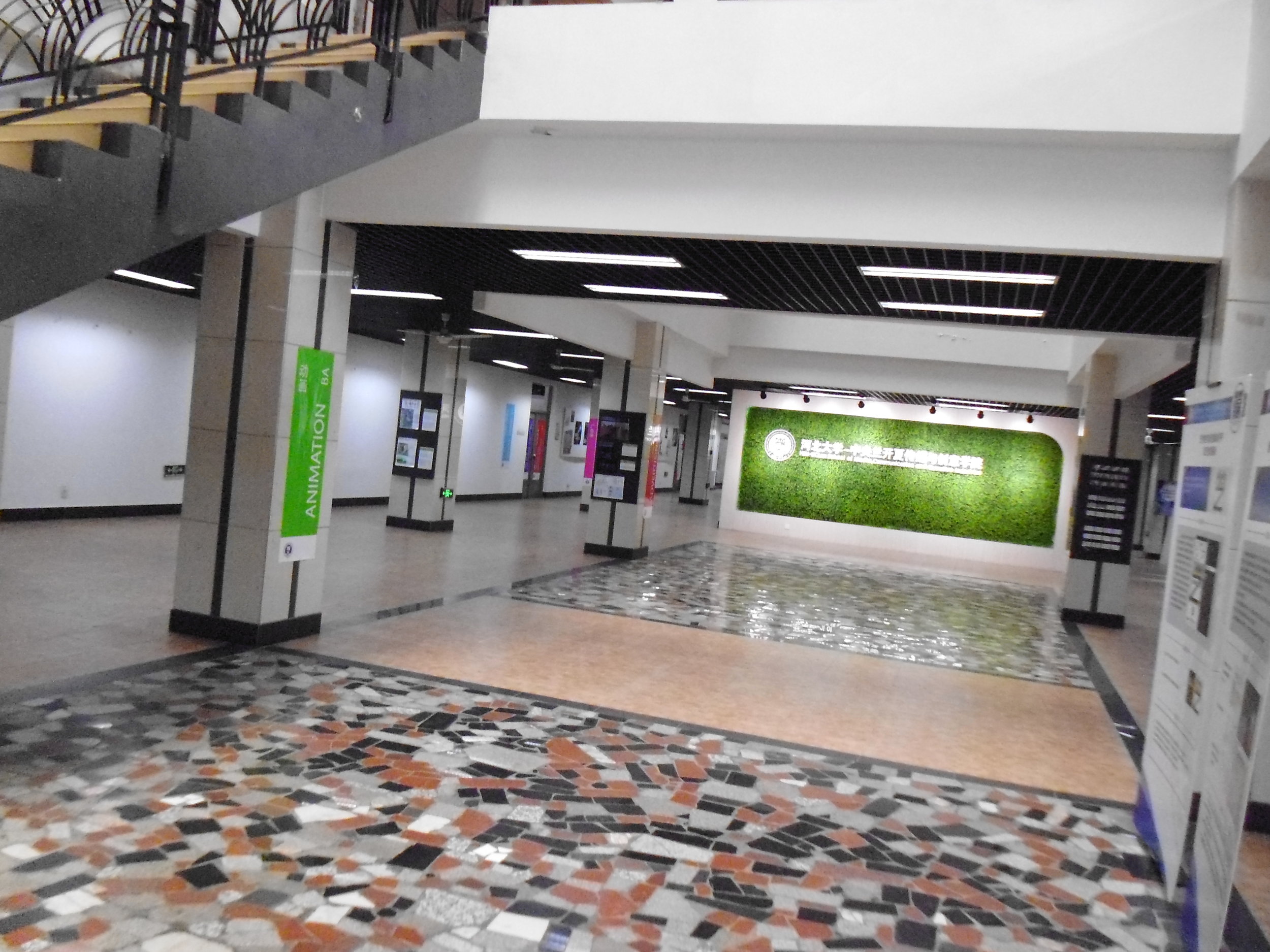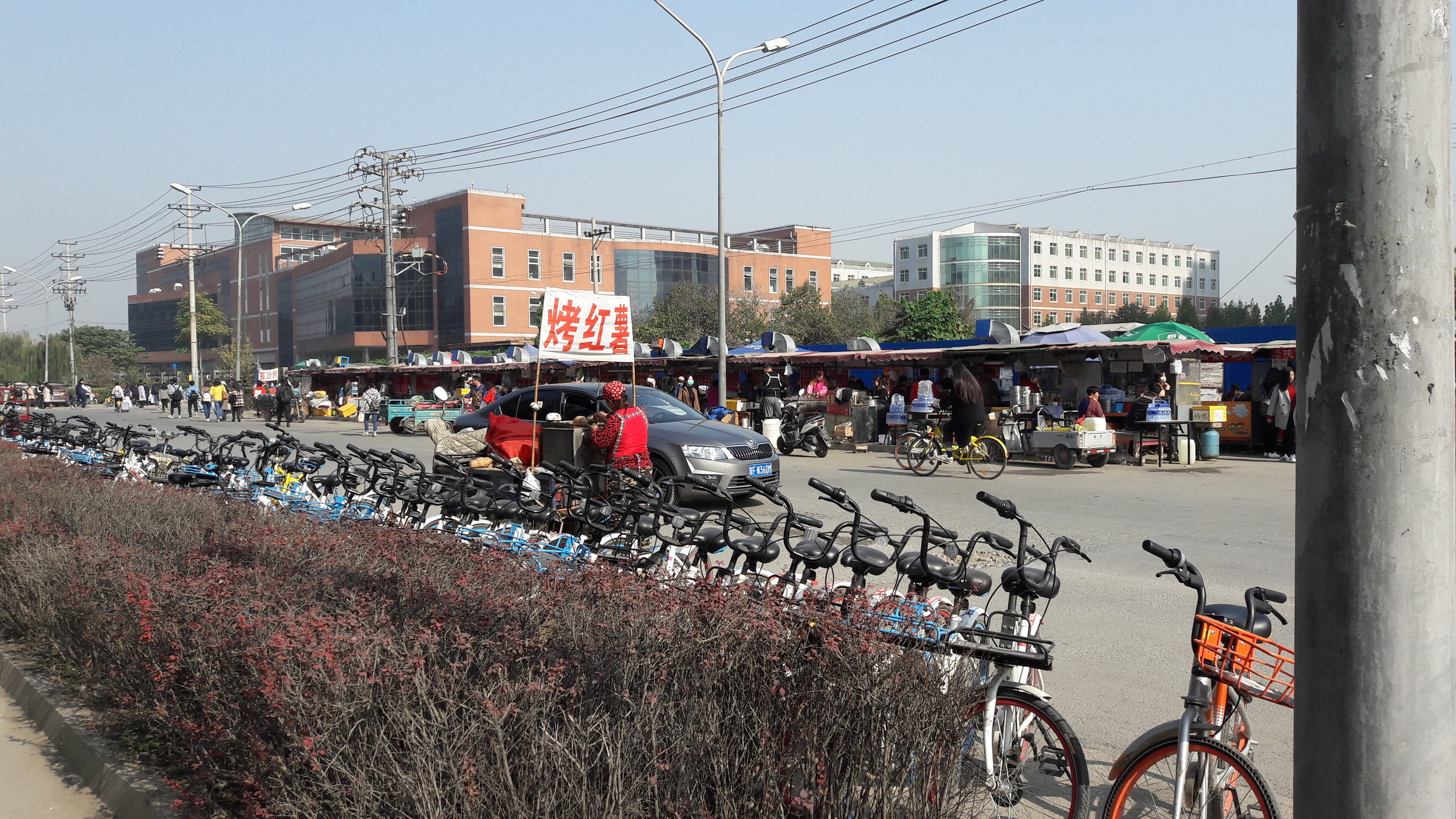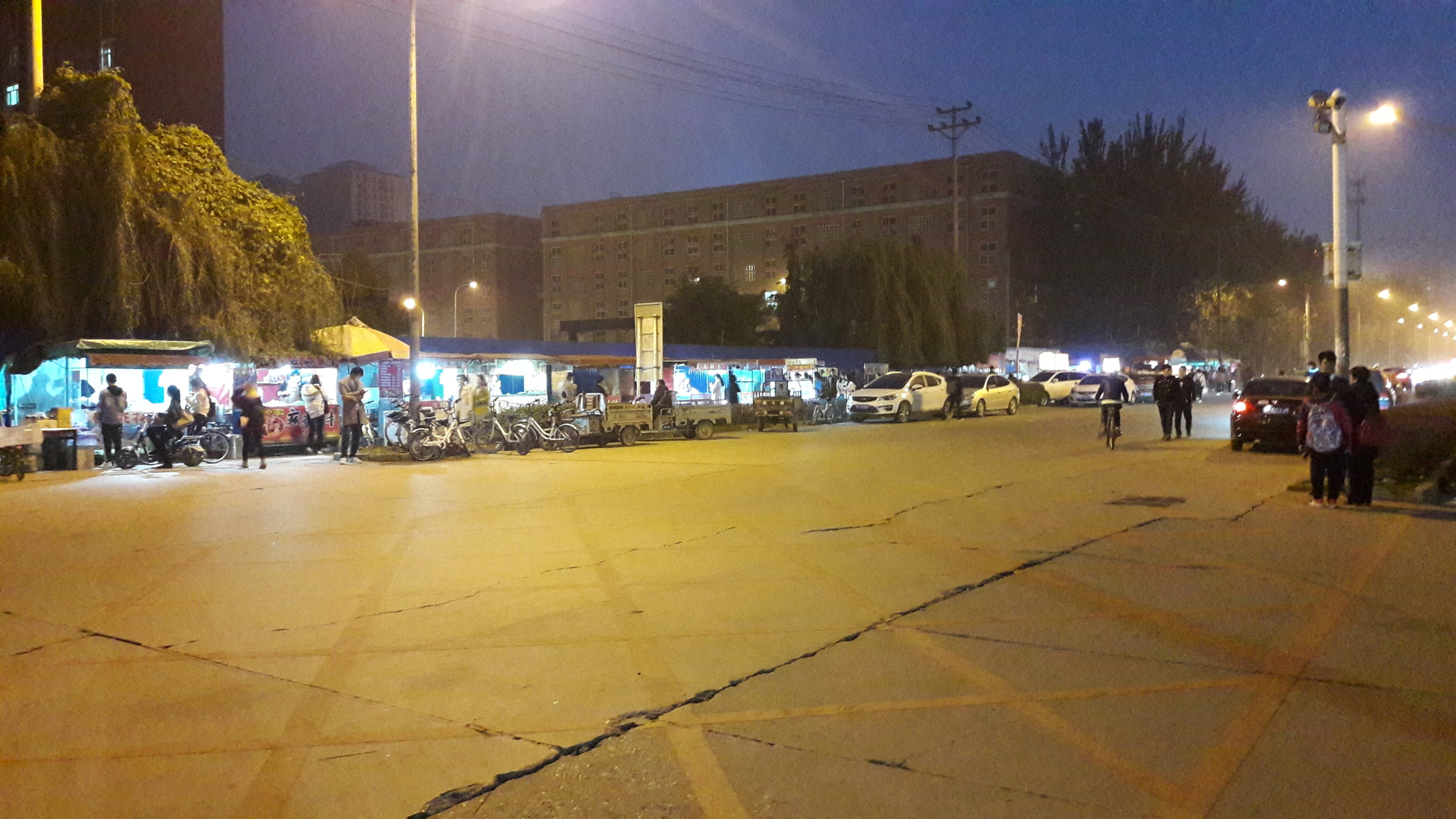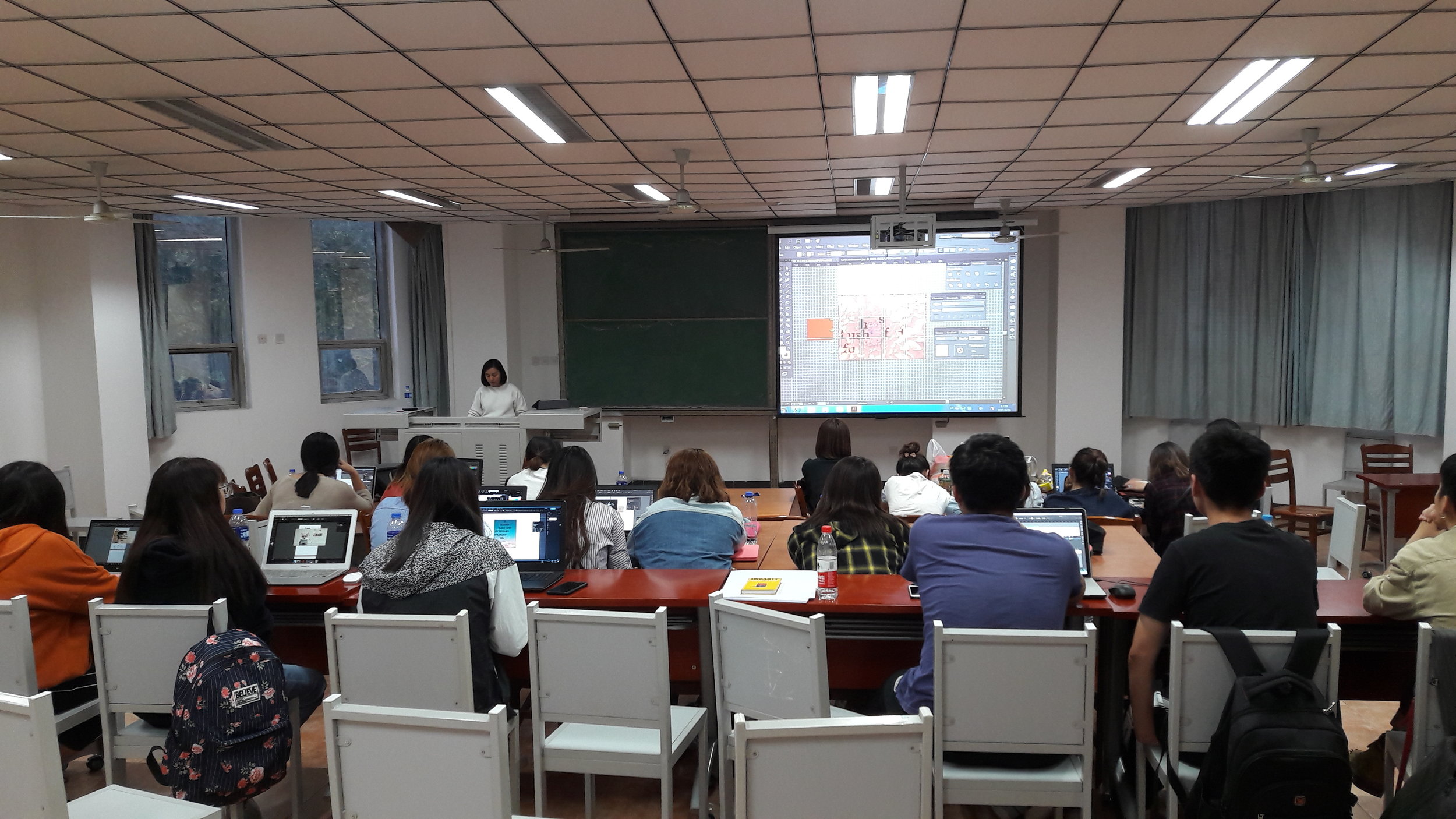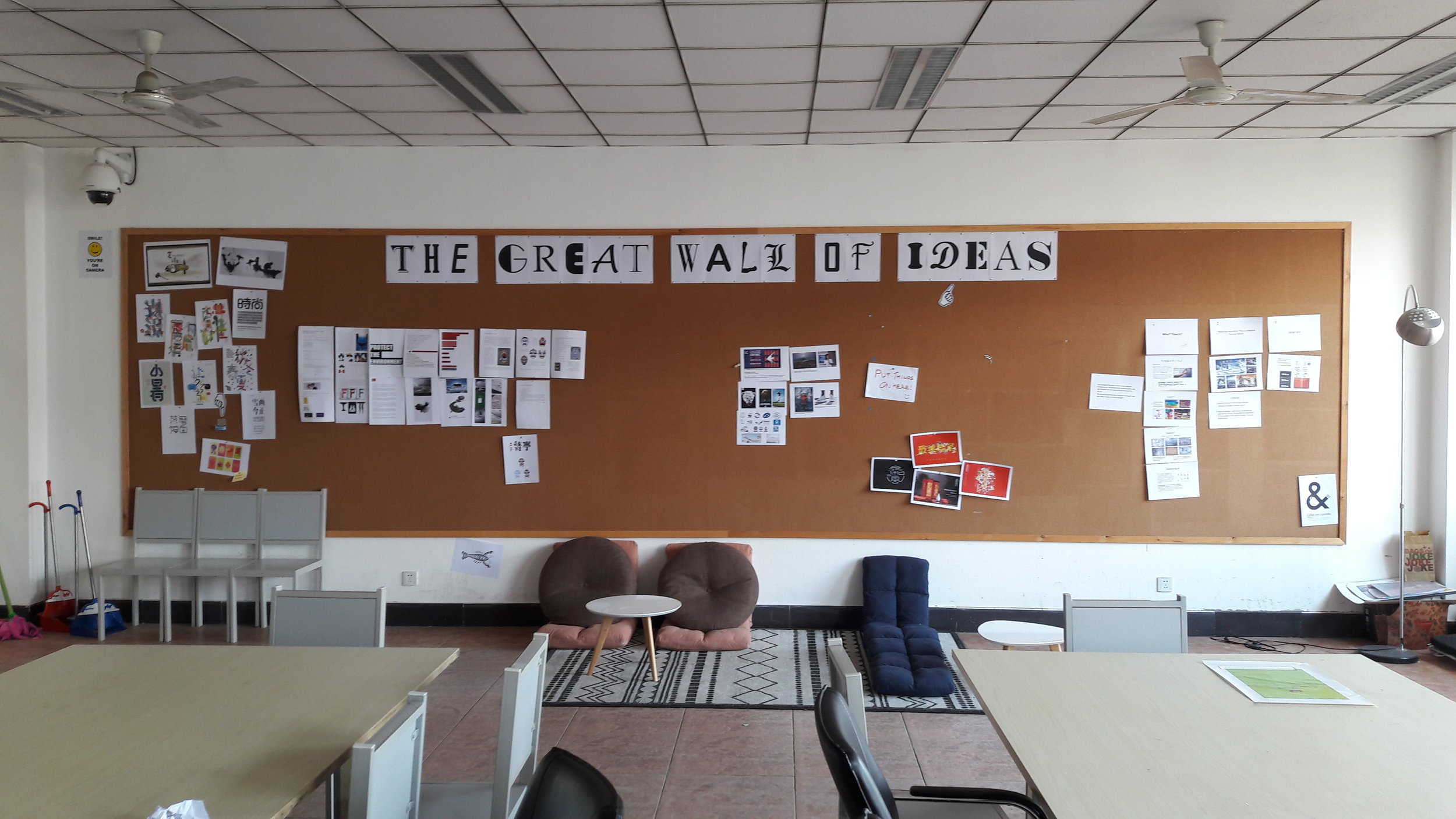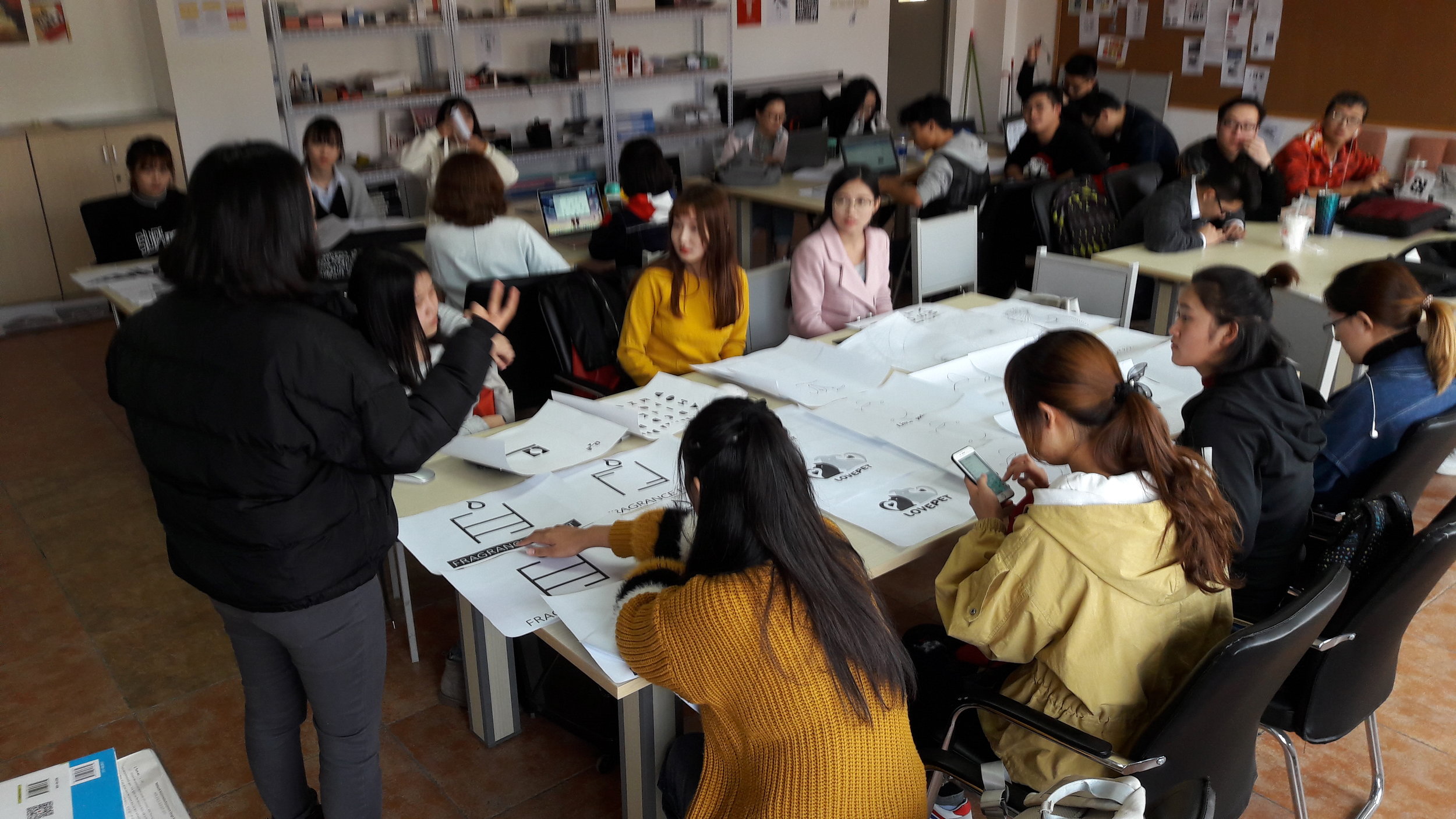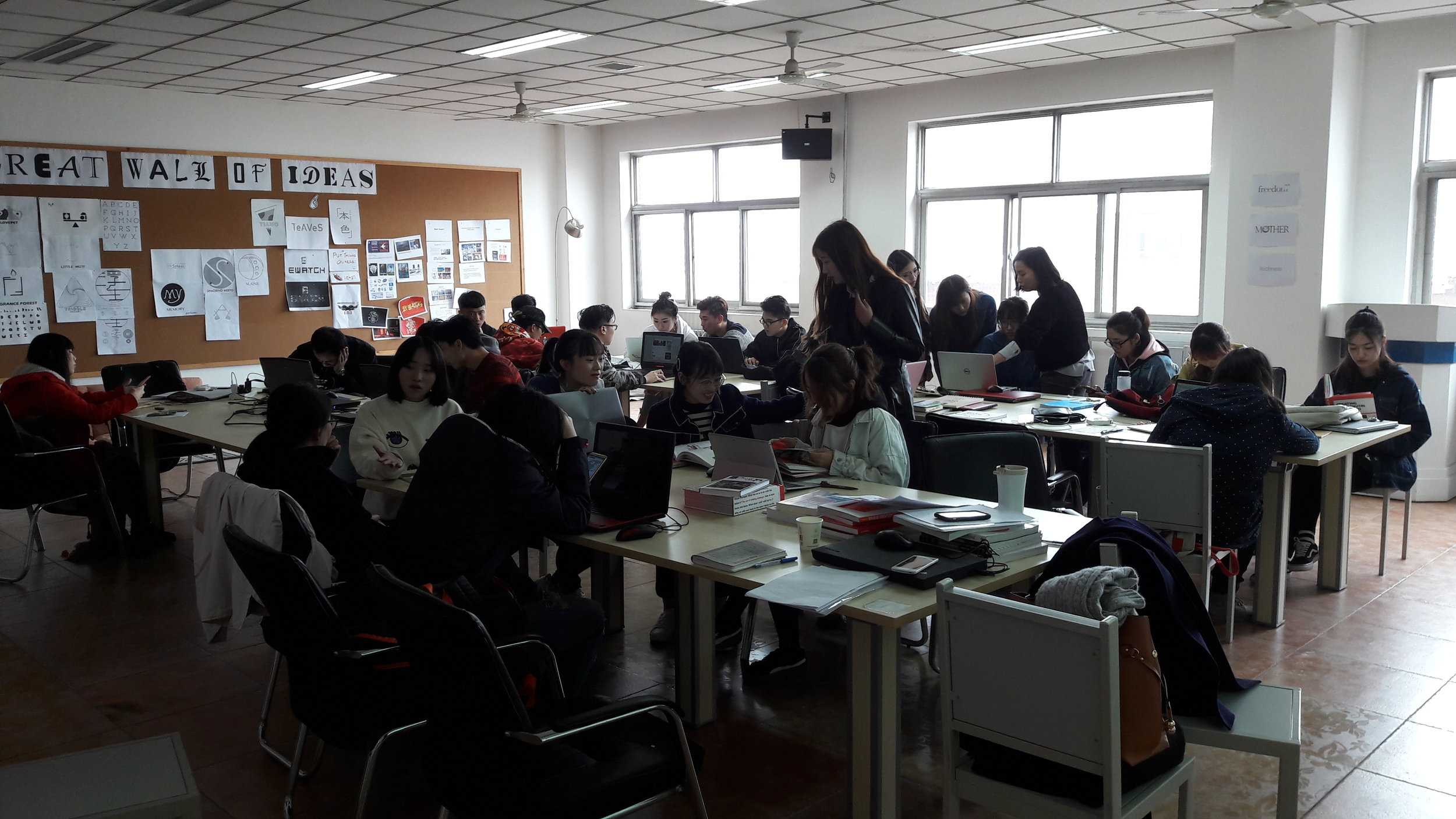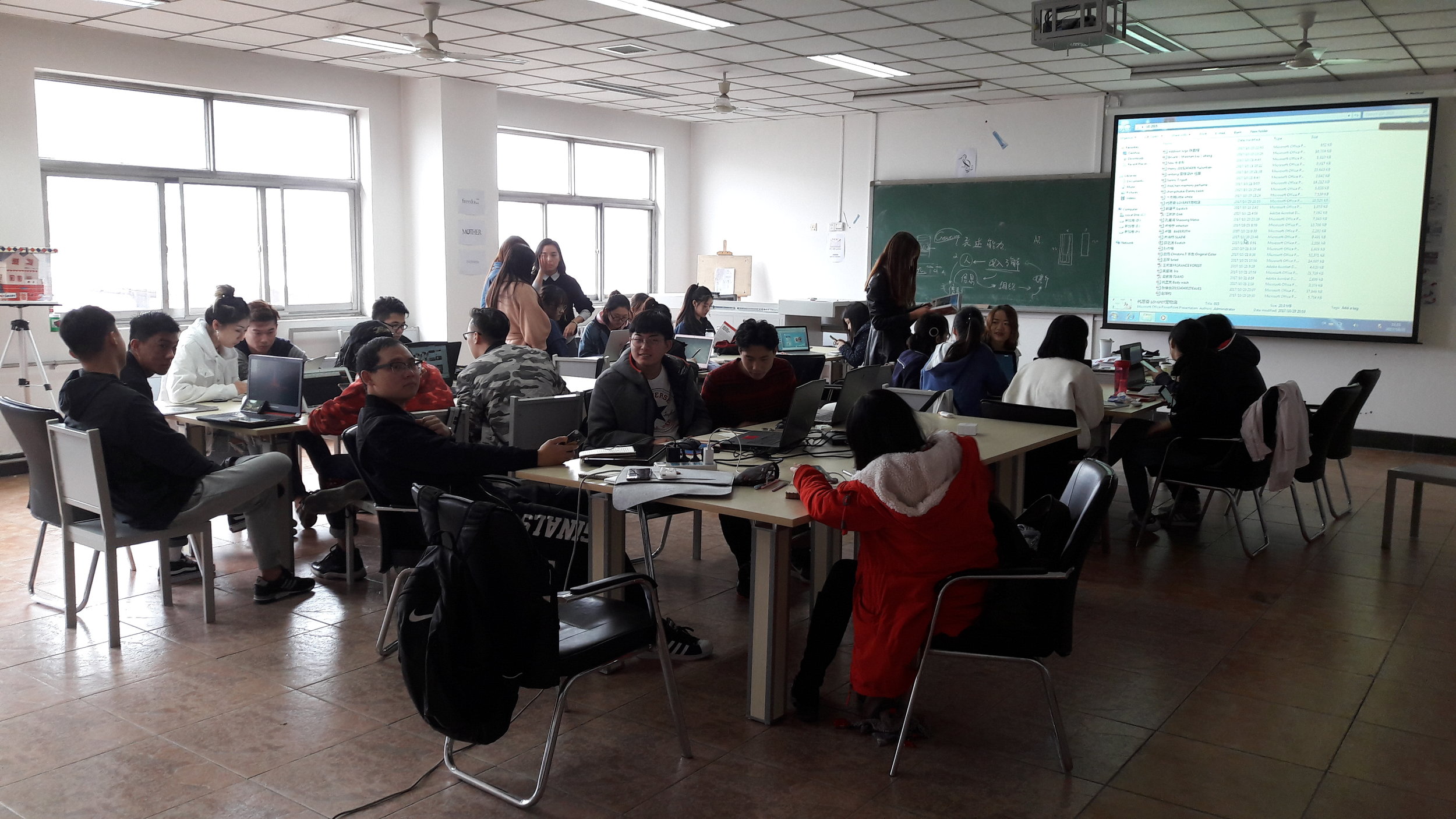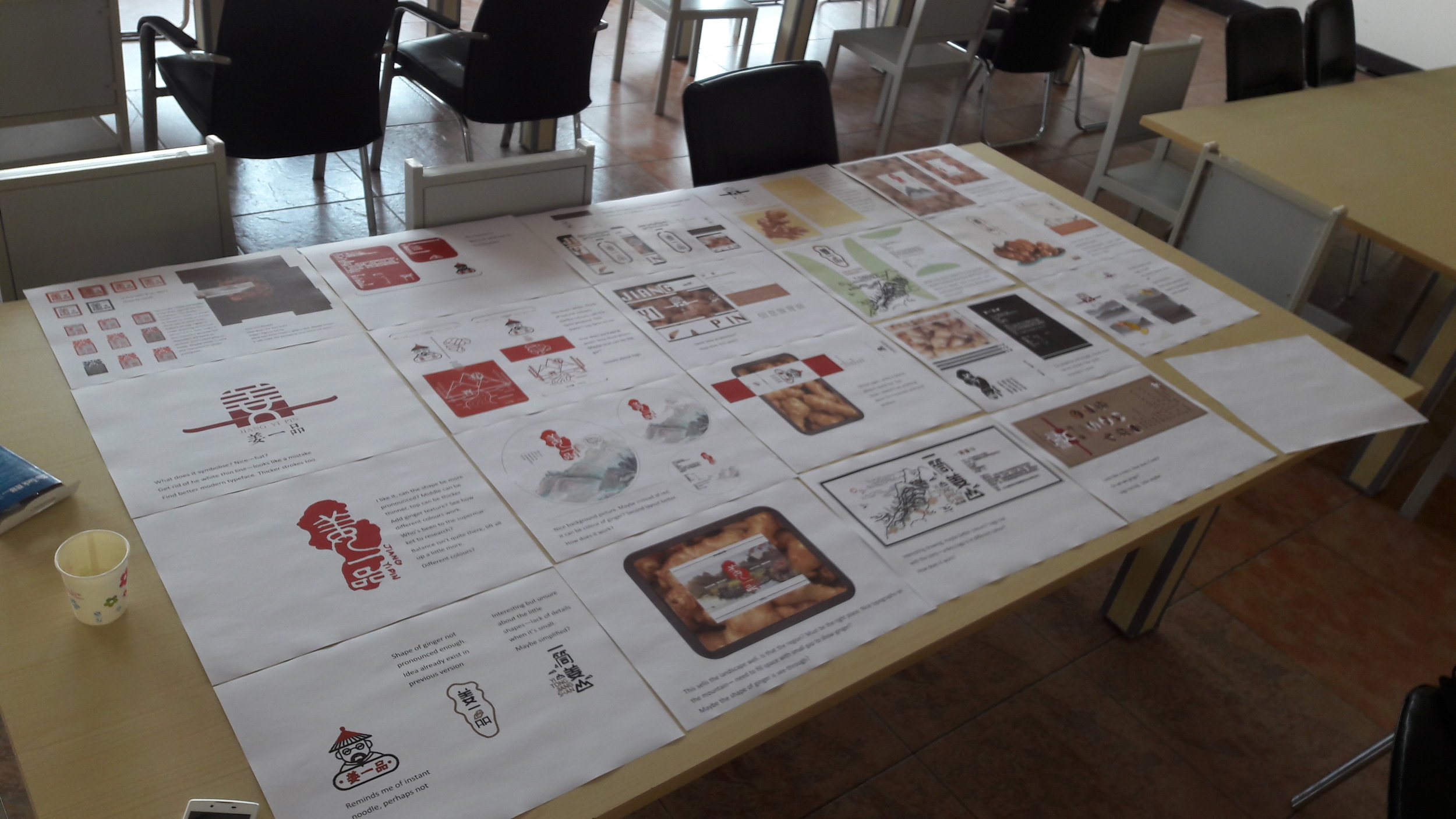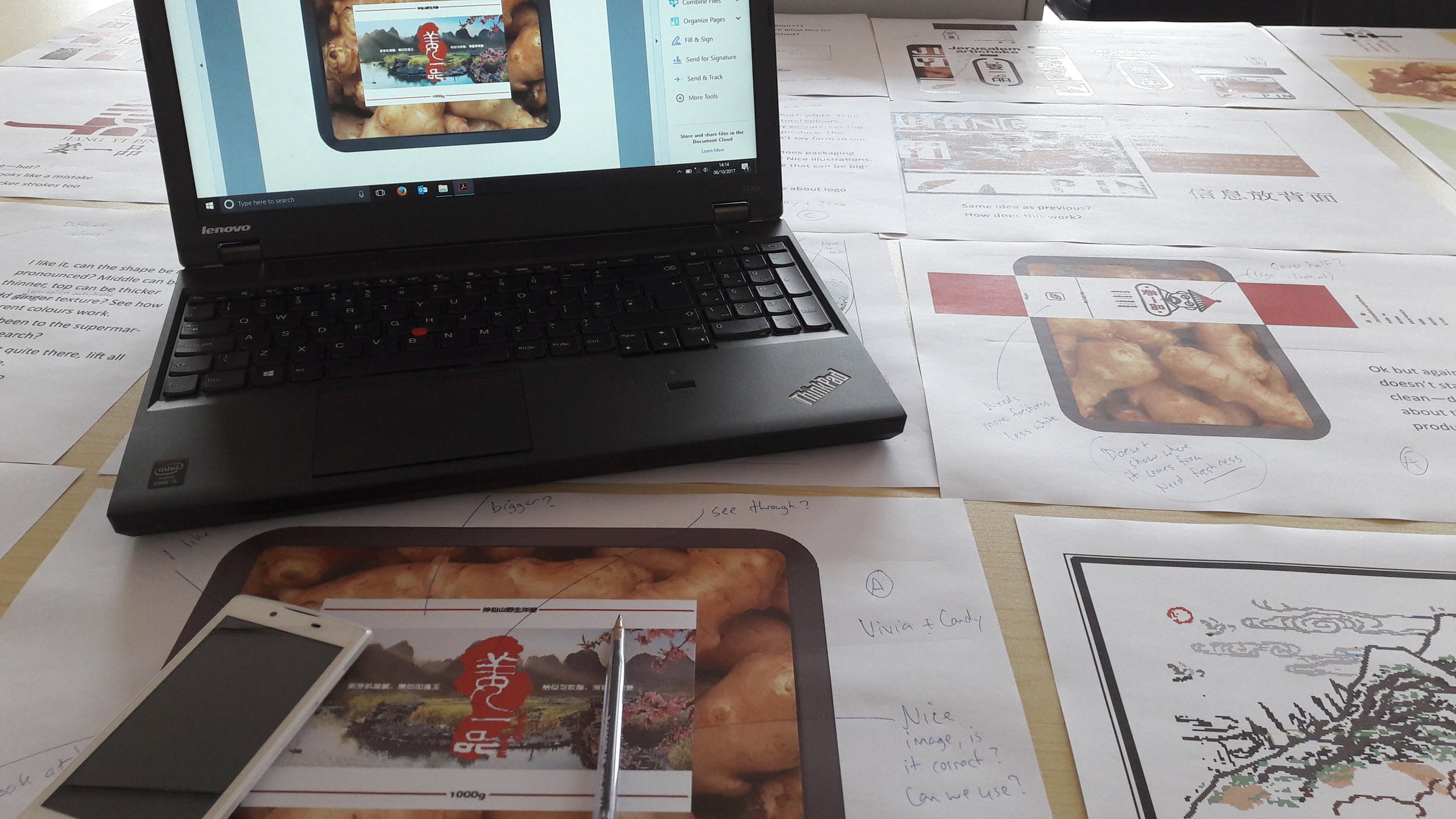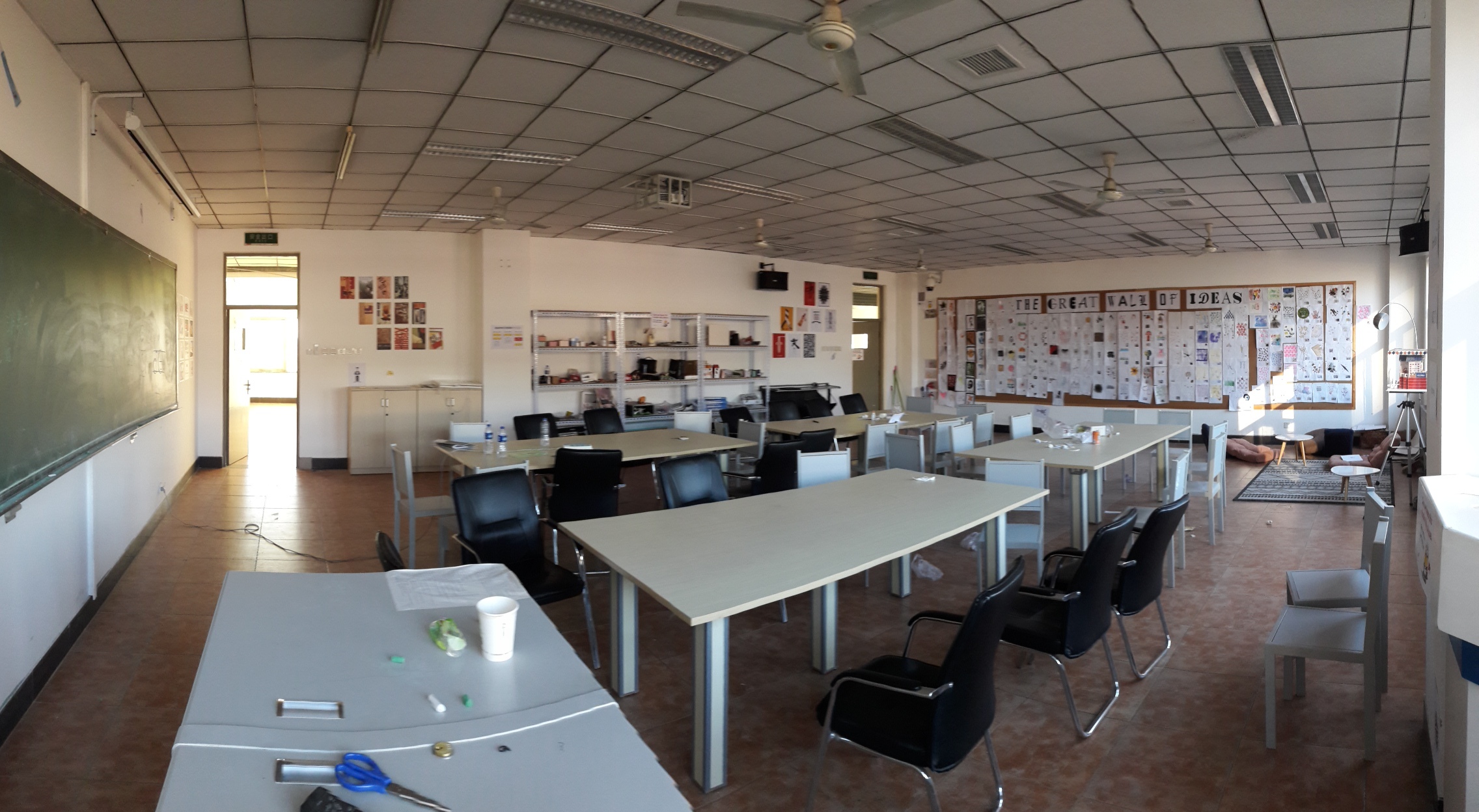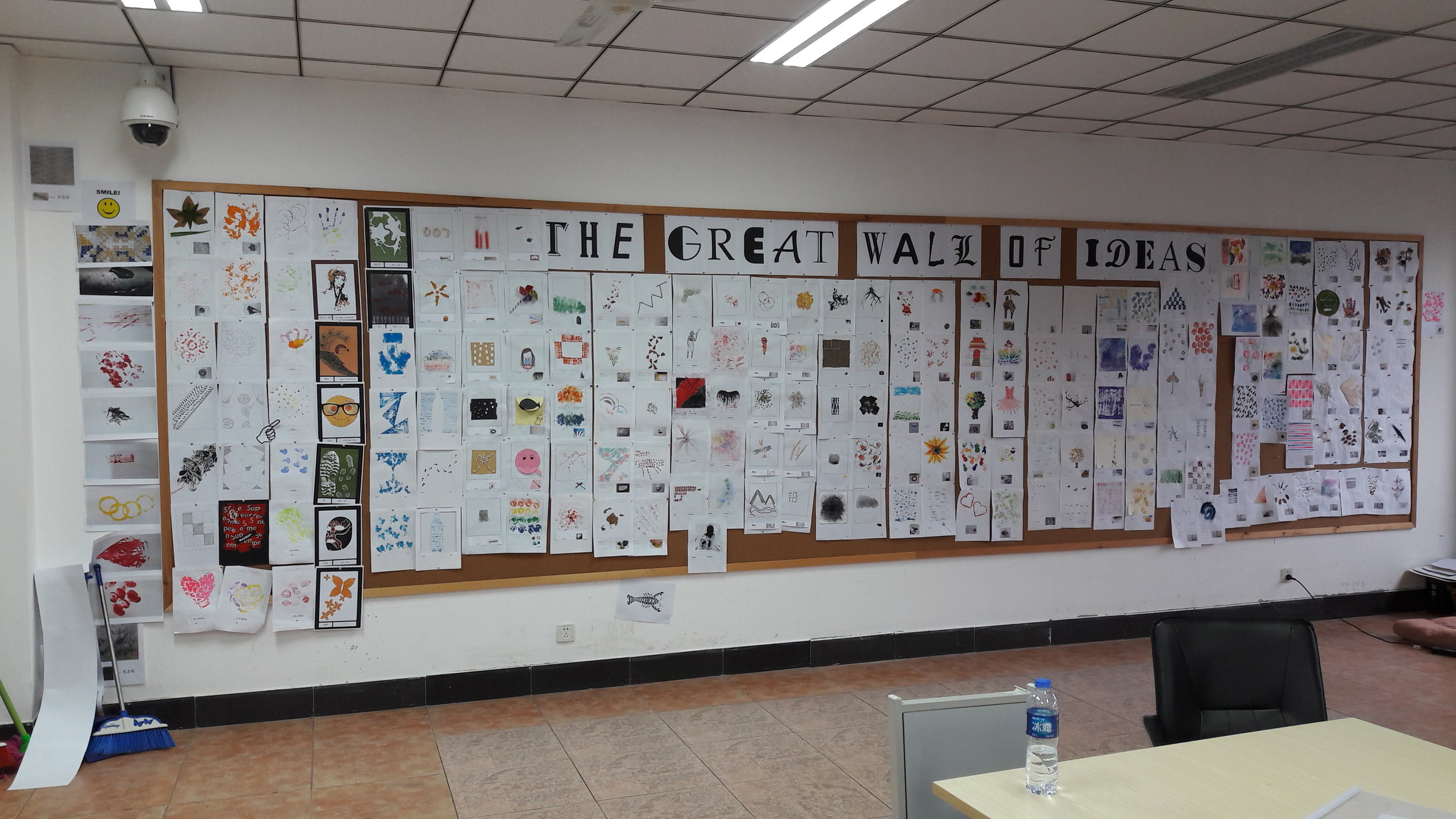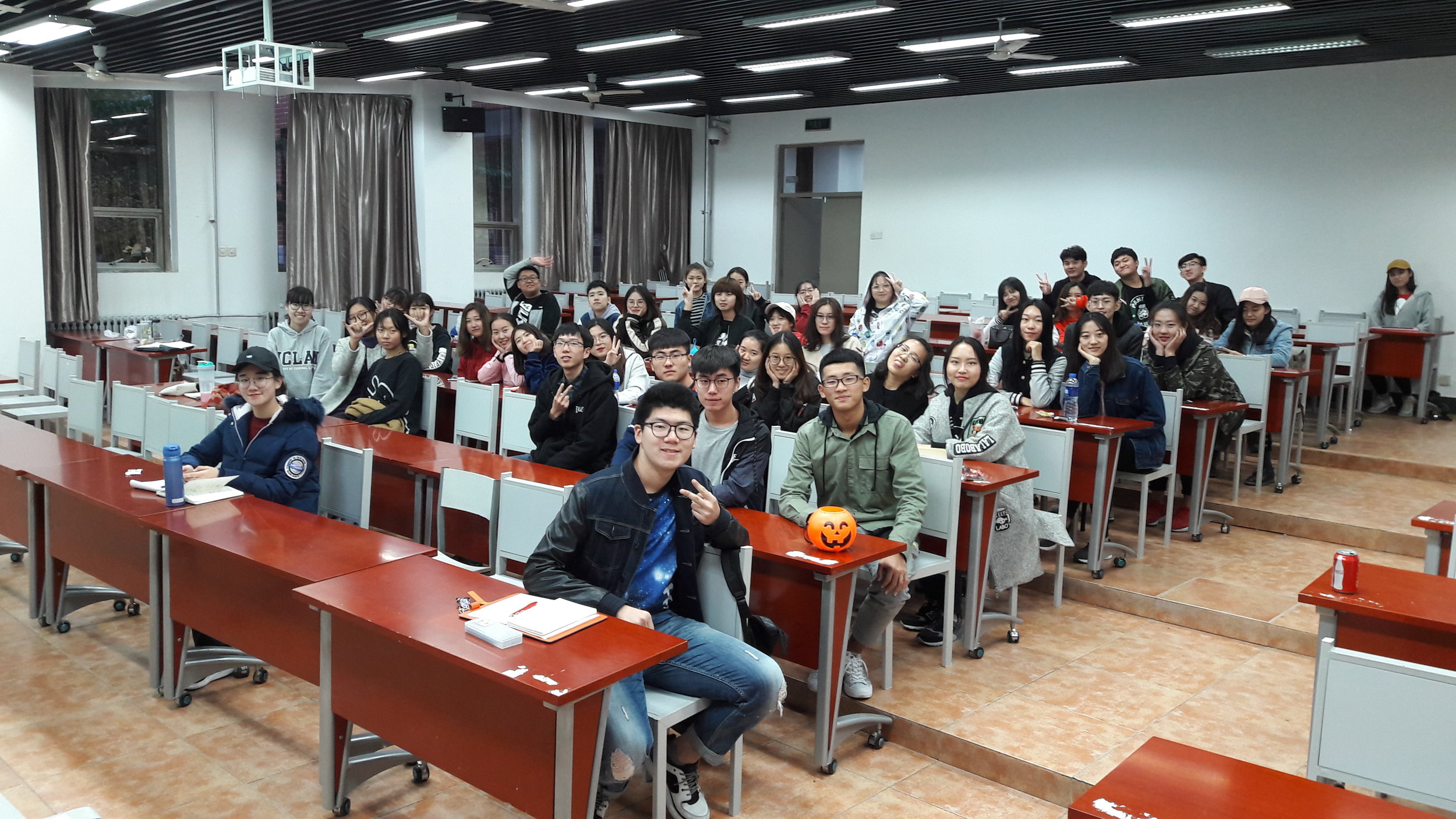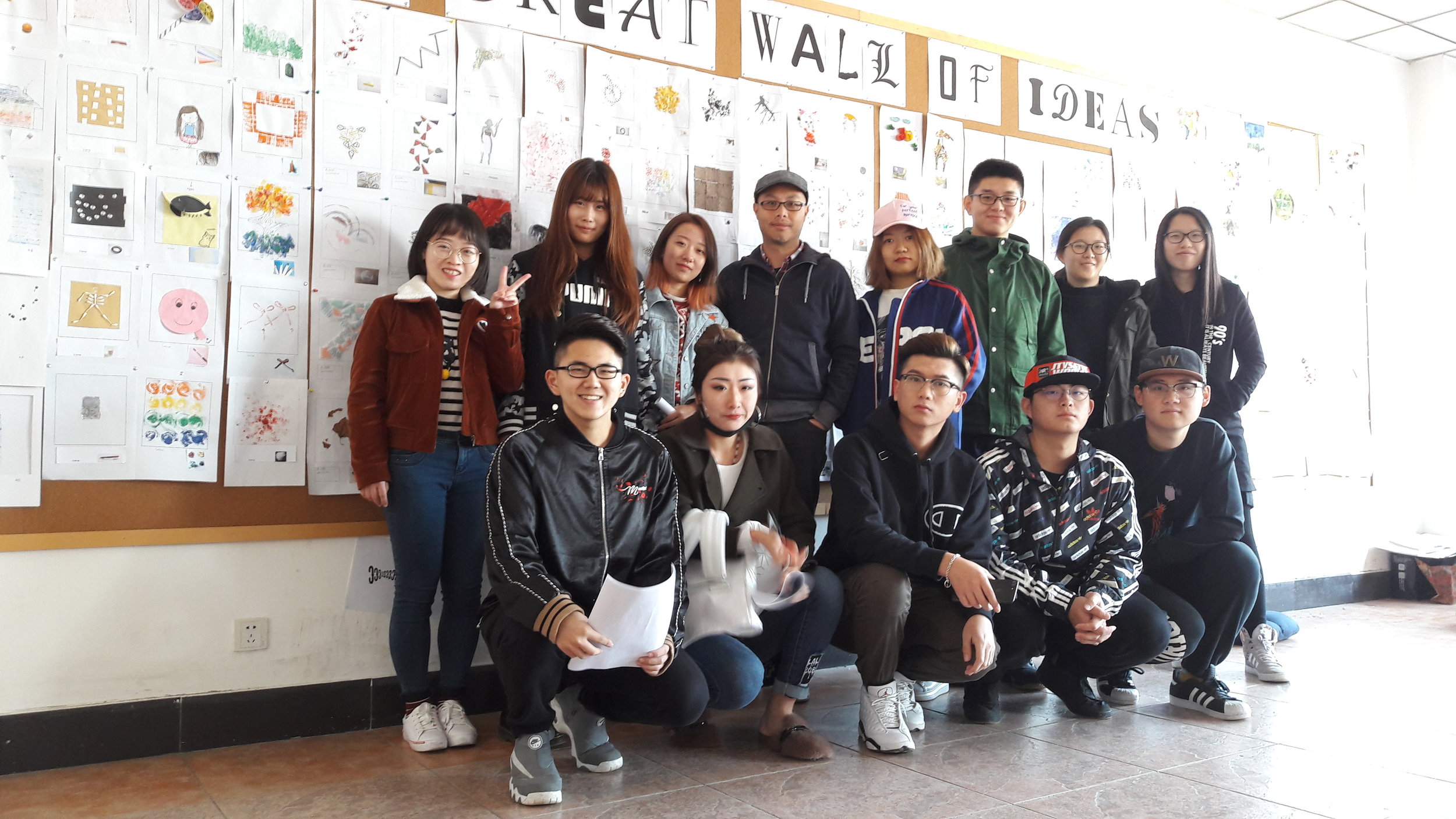China Study Trip
/By Sara Esat.
Recently second year Graphic Design, Advertising and Interior Design students attended a trip to the Hebei University in Baoding (HBU), China. UCLan students collaborated with their Chinese peers (within the same disciplines) and worked on a project to represent the city of Baoding, using any form of art to create typography.
The Graphic Design students were allocated with eight letters — M to T — and below are the solutions along with how they link to the city of Baoding:
M - Monument
In Baoding there is a famous mountain named Mount Langya, where there is a monument that commemorates five brave heroes who died in battle on the mountain. Using the five stars from the Chinese flag, this logo was made.
N - Nature
At the heart of Baoding, there sits a Lotus Garden, where serenity and nature can be observed. This solution uses copywriting to describe what can be seen in those gardens.
O - Shape of Window
The solution for this idea was a visual one rather than the word itself. There were various different shapes of windows that can be seen all over the historical Chinese buildings, and this octagonal window was one of many that were seen.
P - Philosopher
Kong Zi also known as Confucius is one of the most well known philosophers of all time. On the University campus a statue of him is placed as a symbol of knowledge. This famous saying of his means that, friends with like-mindedness come from afar and we are very happy and honoured.
Q - Qu-Yang Stone Carving
Qu-Yang Stone Carving is a form of Chinese Folk Carving art. It represents the form of stone carving that was practiced during the Han Dynasty and was also originated from Baoding.
R - Reconstruct, Rebuild, Revisit
These three words best represent the Hui Garden’s in Baoding. These gardens are an accurate reconstruction of old Southern China, and help depict what life would have been like hundreds of years ago in China.
S - Soldier
The first Chinese Military school was set up in Baoding and still sits there today. Named HuangPu Military Academy, it is one of the national cultural relics protection units. The calligraphy reads out the name of the academy in Chinese, and is written downwards as was how the traditional language was like.
T - Traffic
All day, every day there is constant traffic in Baoding. It heavily contrasts the traffic that we have in England that may only be during rush hours. This simple response is a form of moving image thats gives a little insight to the situation of roads in China.
Conclusion
Apart from the project, we were able to enjoy the city as well as bond with fellow Chinese students. Later we all ventured out to the capital, Beijing, where we absorbed many interesting pieces of art and visited the sites of many famous landmarks.
Overall the trip was very meaningful as we got to explore a place so far away, and so different to England. The country was beautiful in itself, but the people there made it all the more memorable.
















































